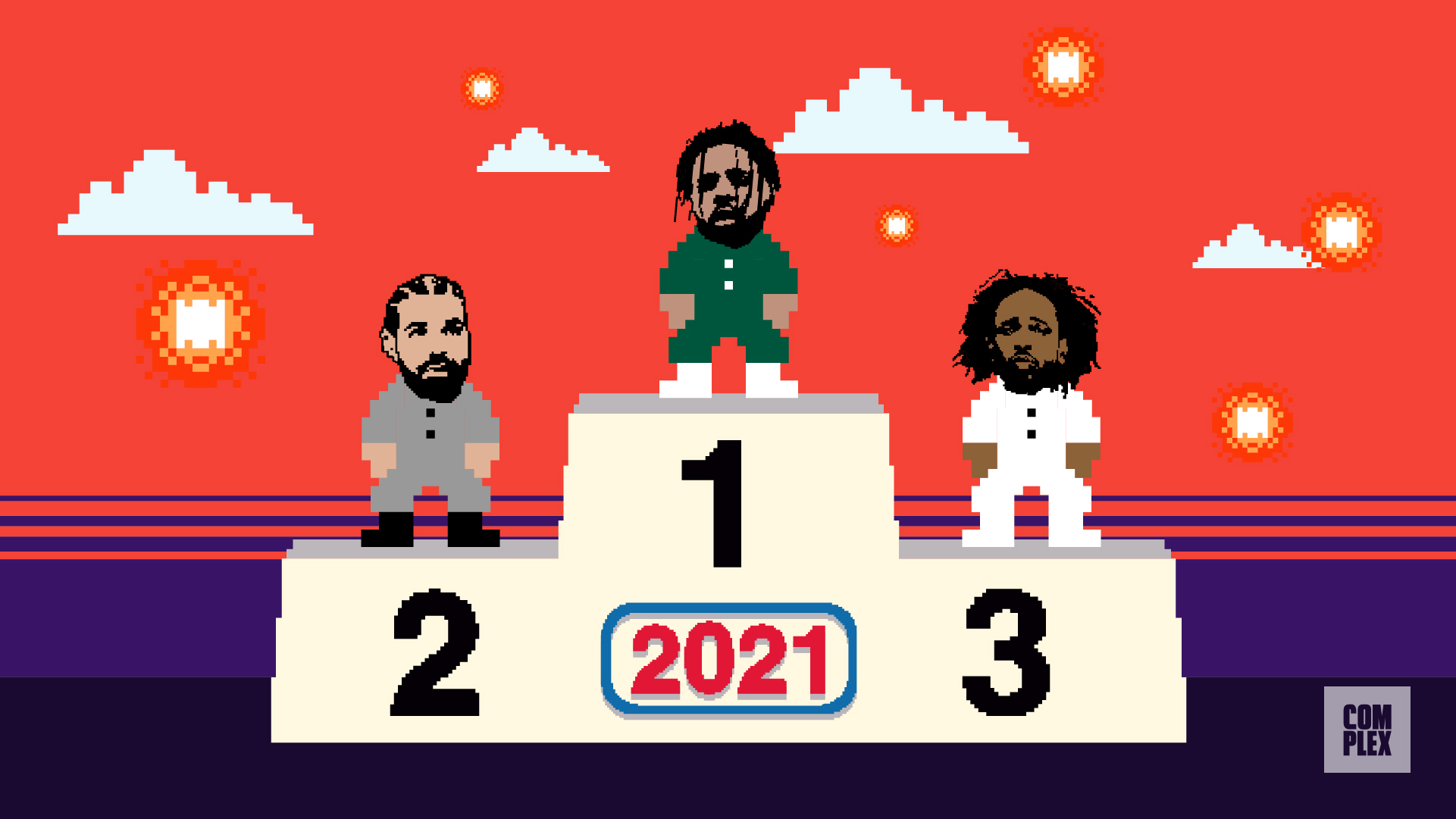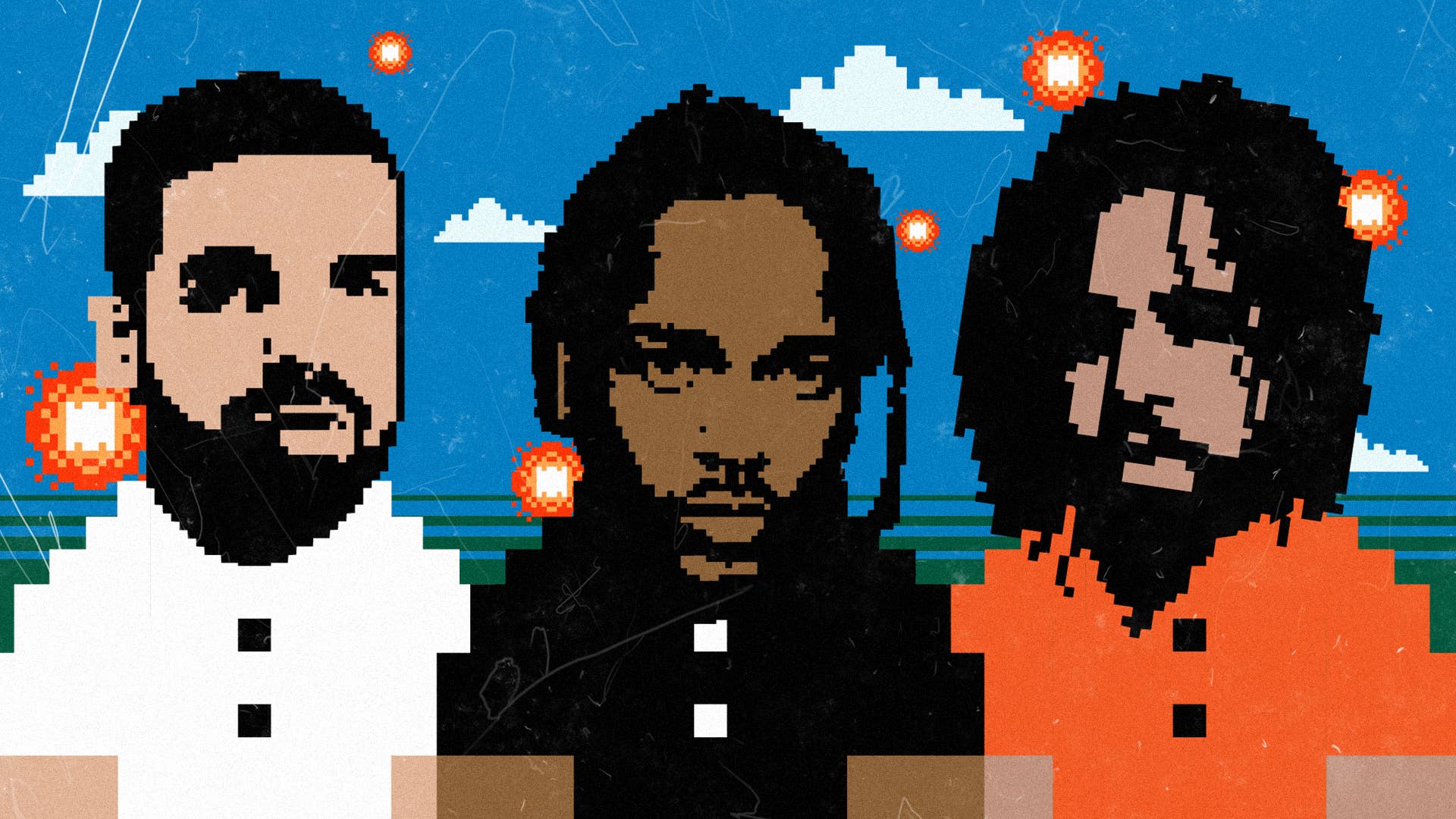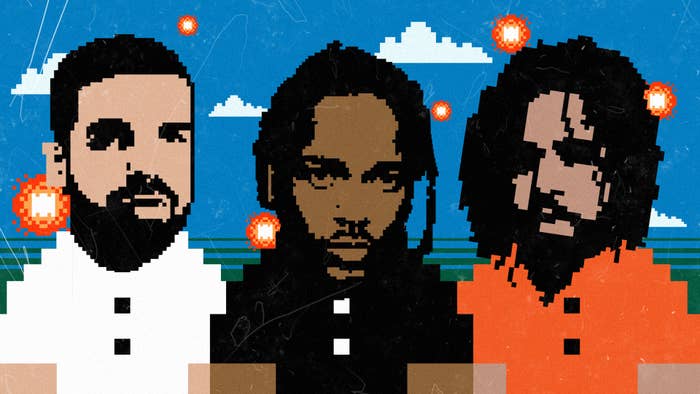
A decade ago, three rappers emerged at the top of their class: Drake, Kendrick Lamar, and J. Cole.
Each of them have approached their careers in very different ways in the years since then, but all three have made lasting contributions to rap. Today, they’re each still on top of the game, and they’ve done it on their own terms. It’s why they’re referred to by many as the “Big 3” of their class.
Every year since 2010, there’s been friendly (and sometimes not-so-friendly) competition between the Big 3. Some years, all three of them dropped big projects around the same time, and competition was fierce. Other years, one of them dominated, while the other two sat back and plotted their next moves. Drake has historically been the most active year-over-year, consistently dropping new music, while Kendrick will sometimes go years without releasing a new album, and Cole is somewhere in between.
Right now, all three artists are at pivotal points in their careers, and they’re all active. This week, Kendrick is getting ready to release his fifth studio album, Mr. Morale & The Big Steppers, which will arrive on the heels of 2021 projects from Drake (Certified Lover Boy) and J. Cole (The Off-Season). The spirit of friendly competition is in the air, so it only feels appropriate to turn back the clocks and reflect on each of their careers.
Looking back on every year since 2010, we ranked each member of the Big 3, based on how much they dominated the year on a musical level. For the purposes of this list, we focused on the music that each artist dropped in the calendar year (including releases of their own and guest features). Then we ranked the three artists against each other, according to the impact and the quality of their music in that year. To end up in first place in any given year, an artist must dominate the conversation, put out great music, make a lasting impact, and (most importantly) edge out their peers. Think of it as the MVP award for the year. Without further ado, here’s our ranking of the Big 3, every year since 2010.
2010

2011
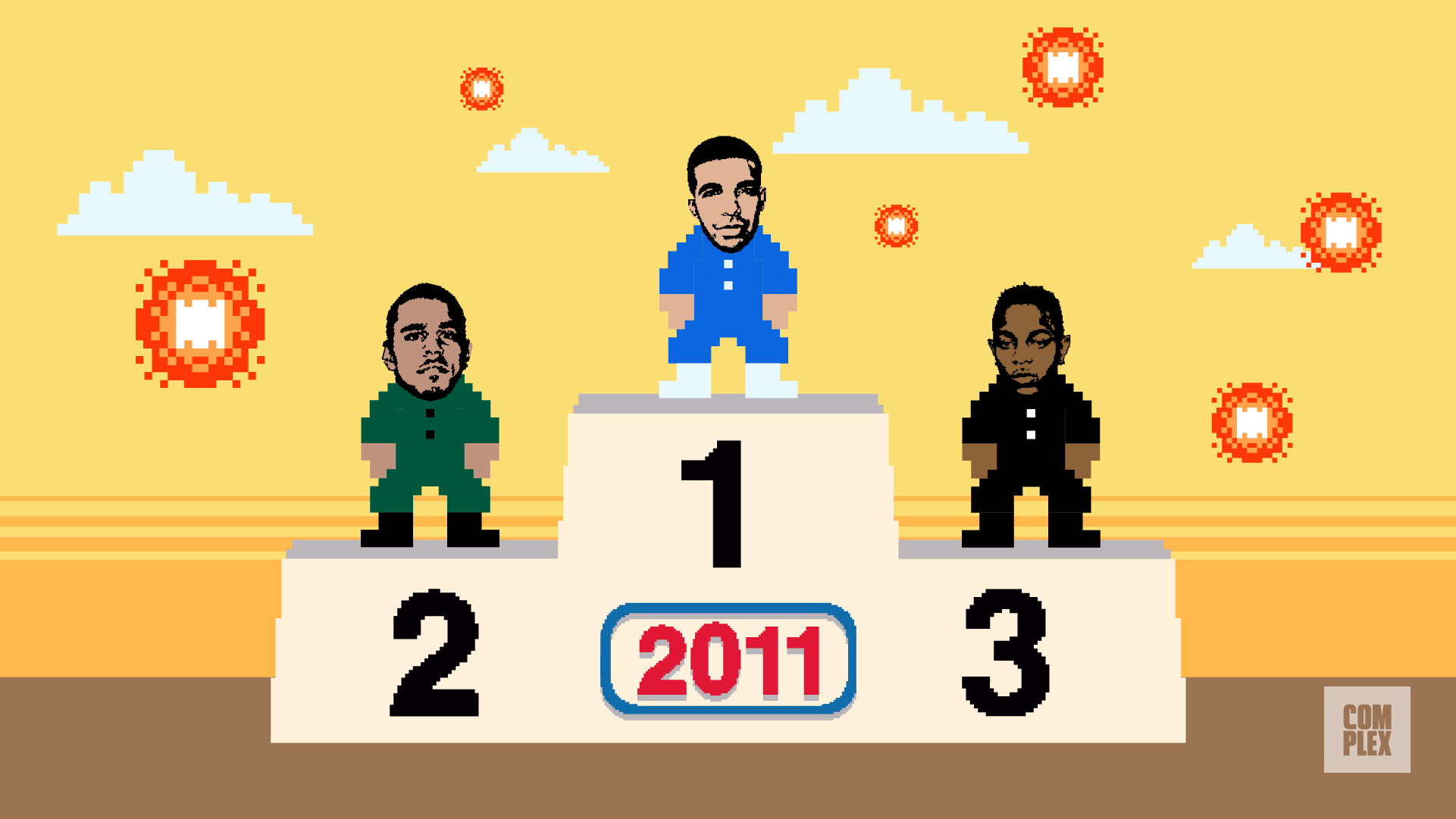
2012
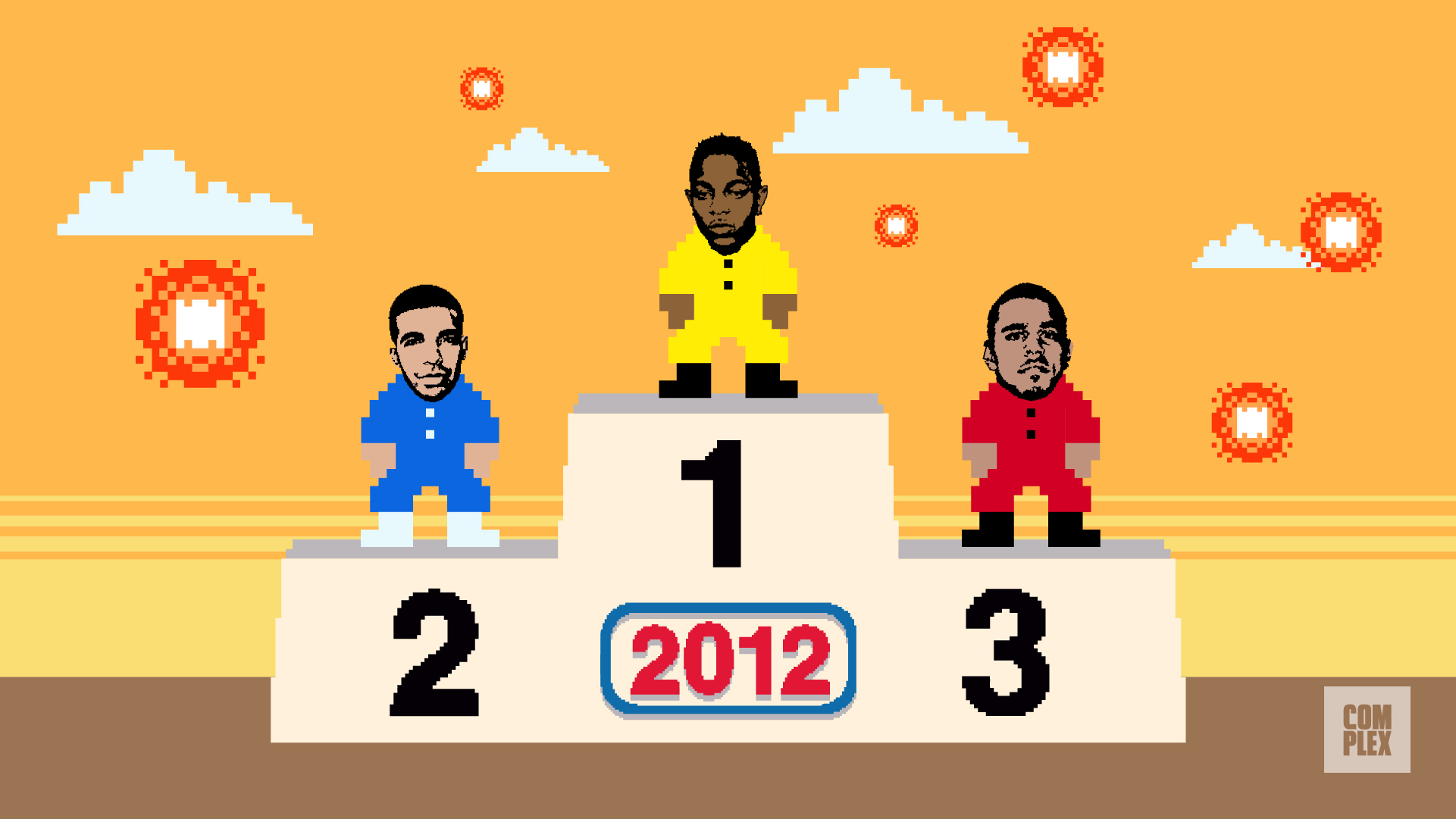
2013
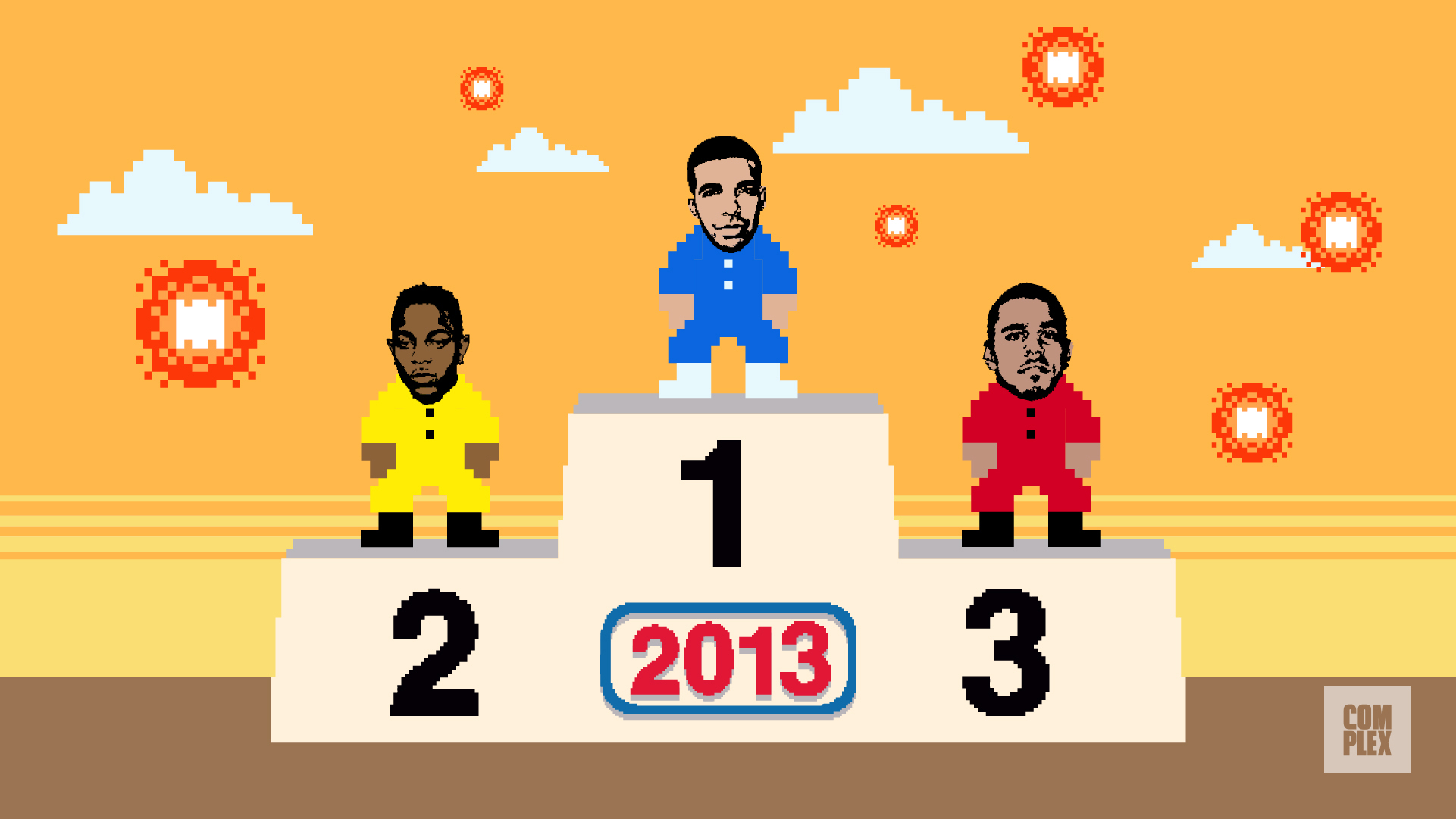
2014
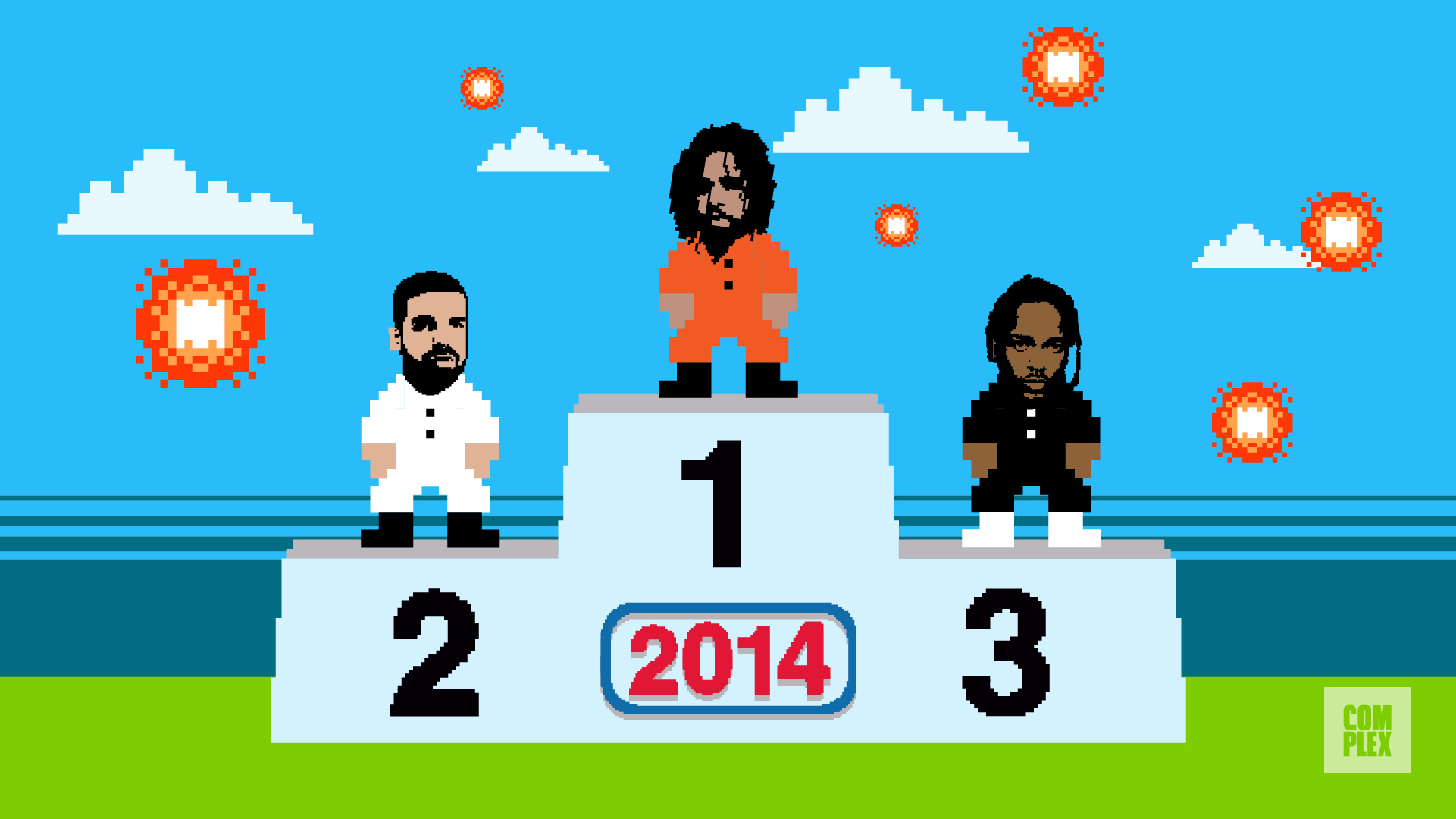
2015
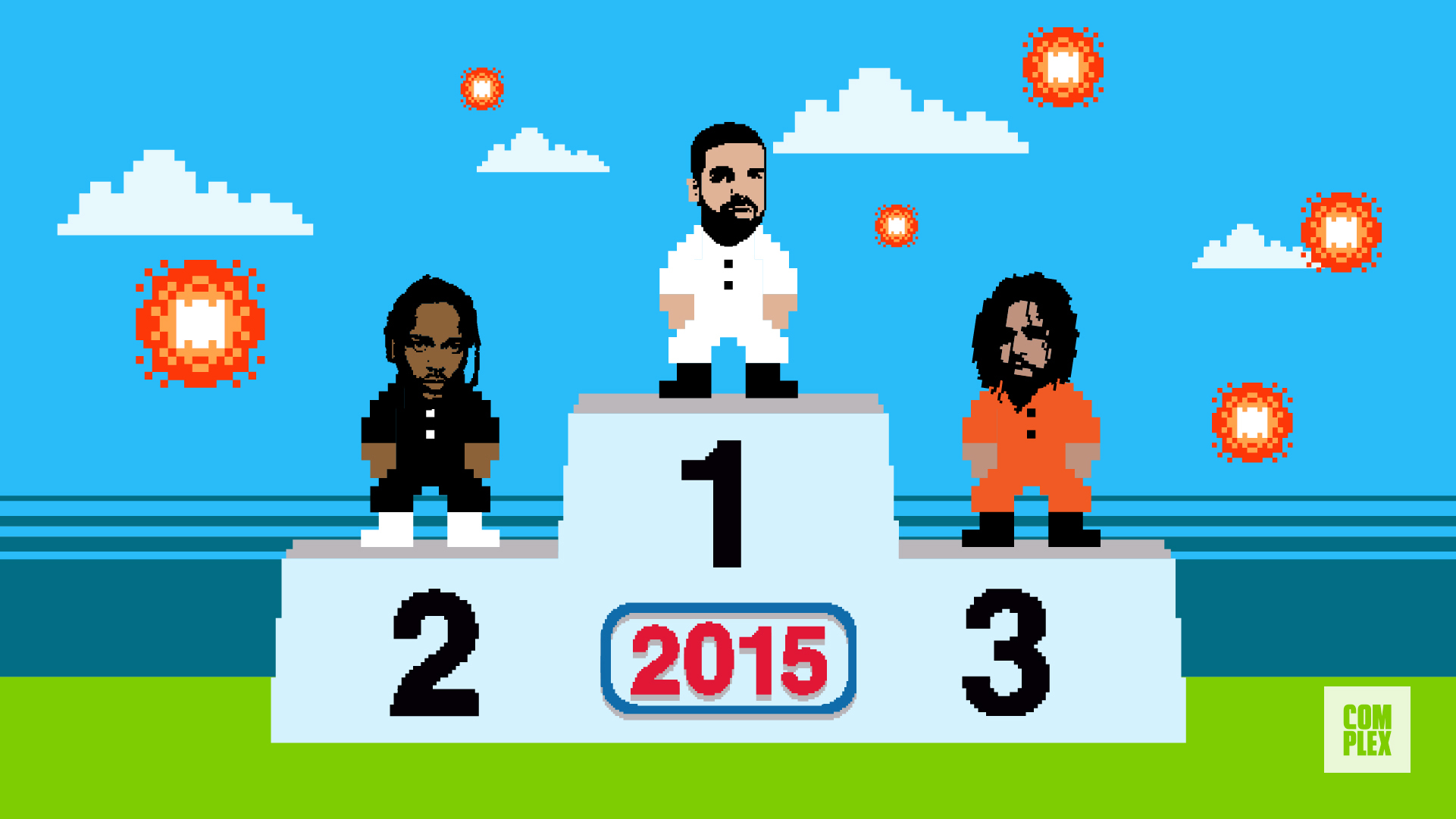
2016
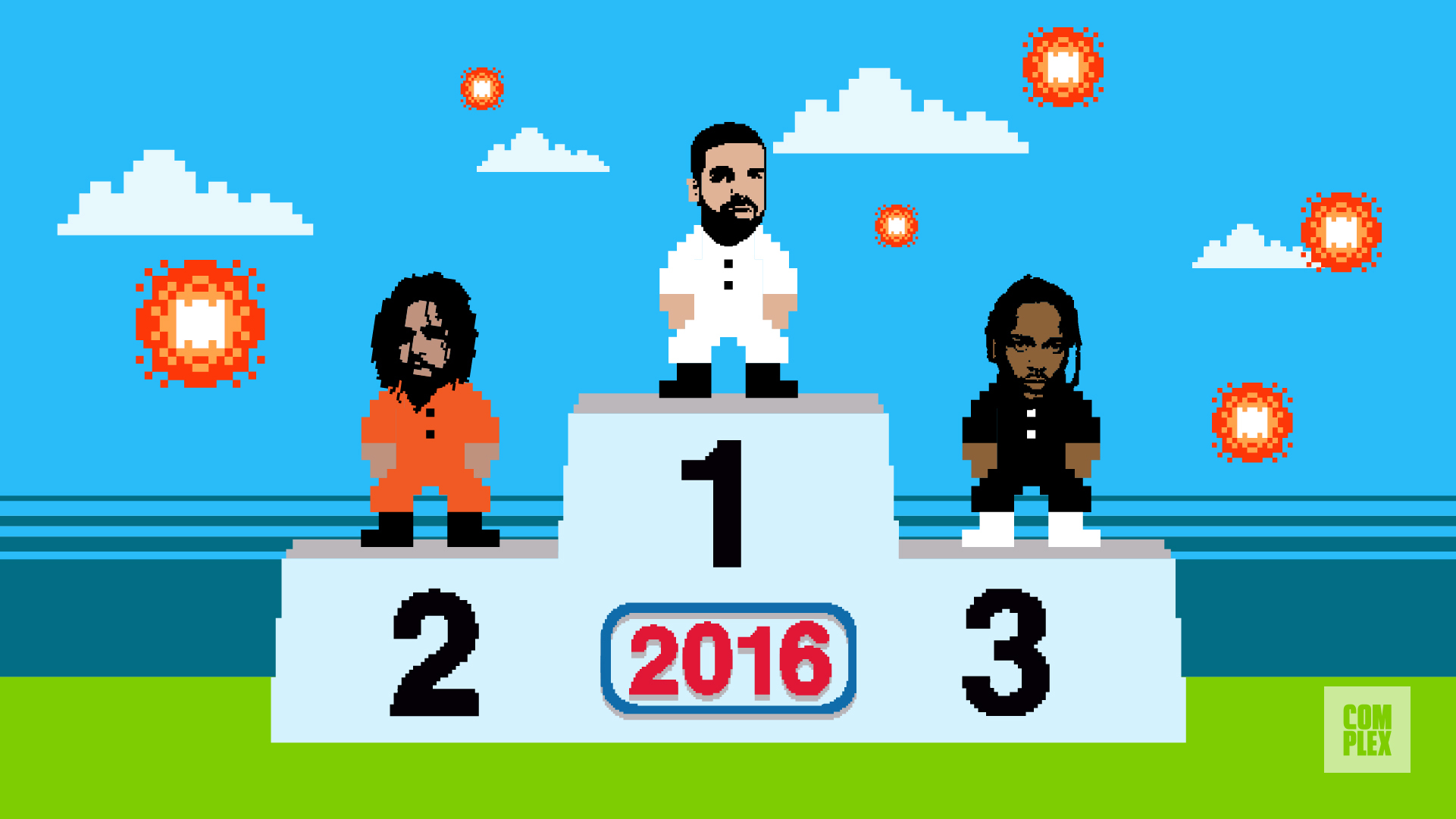
2017
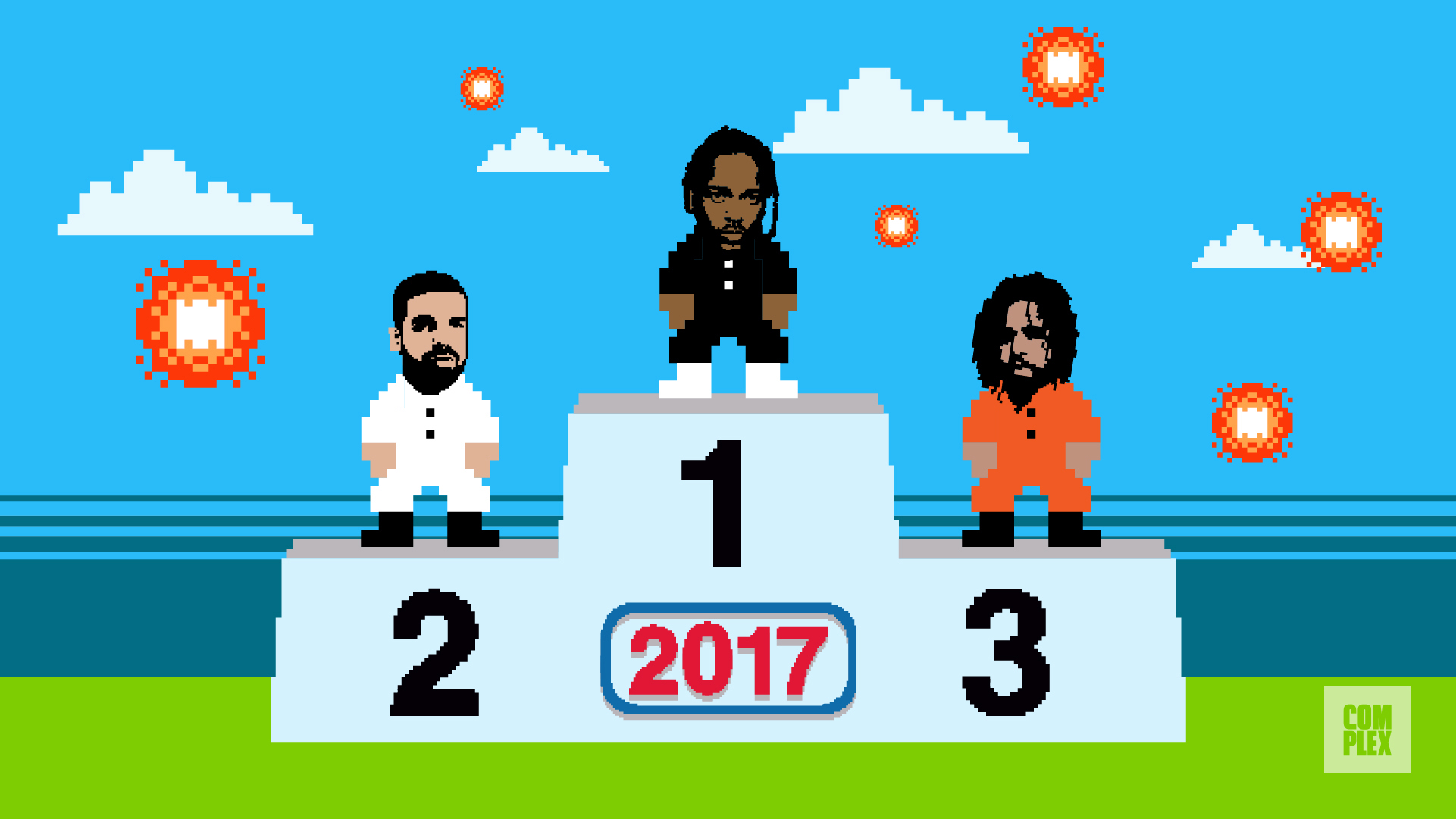
2018
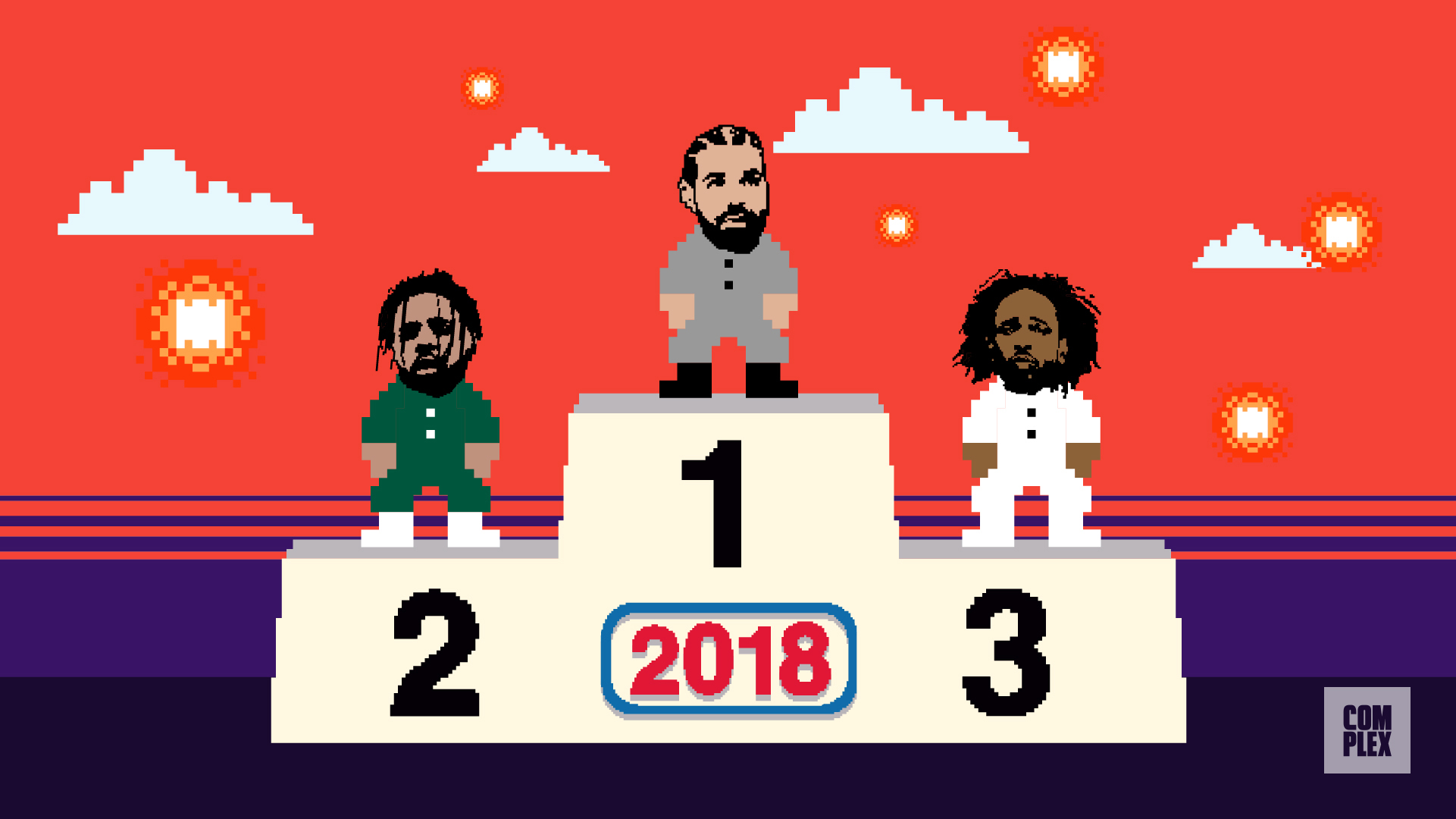
2019
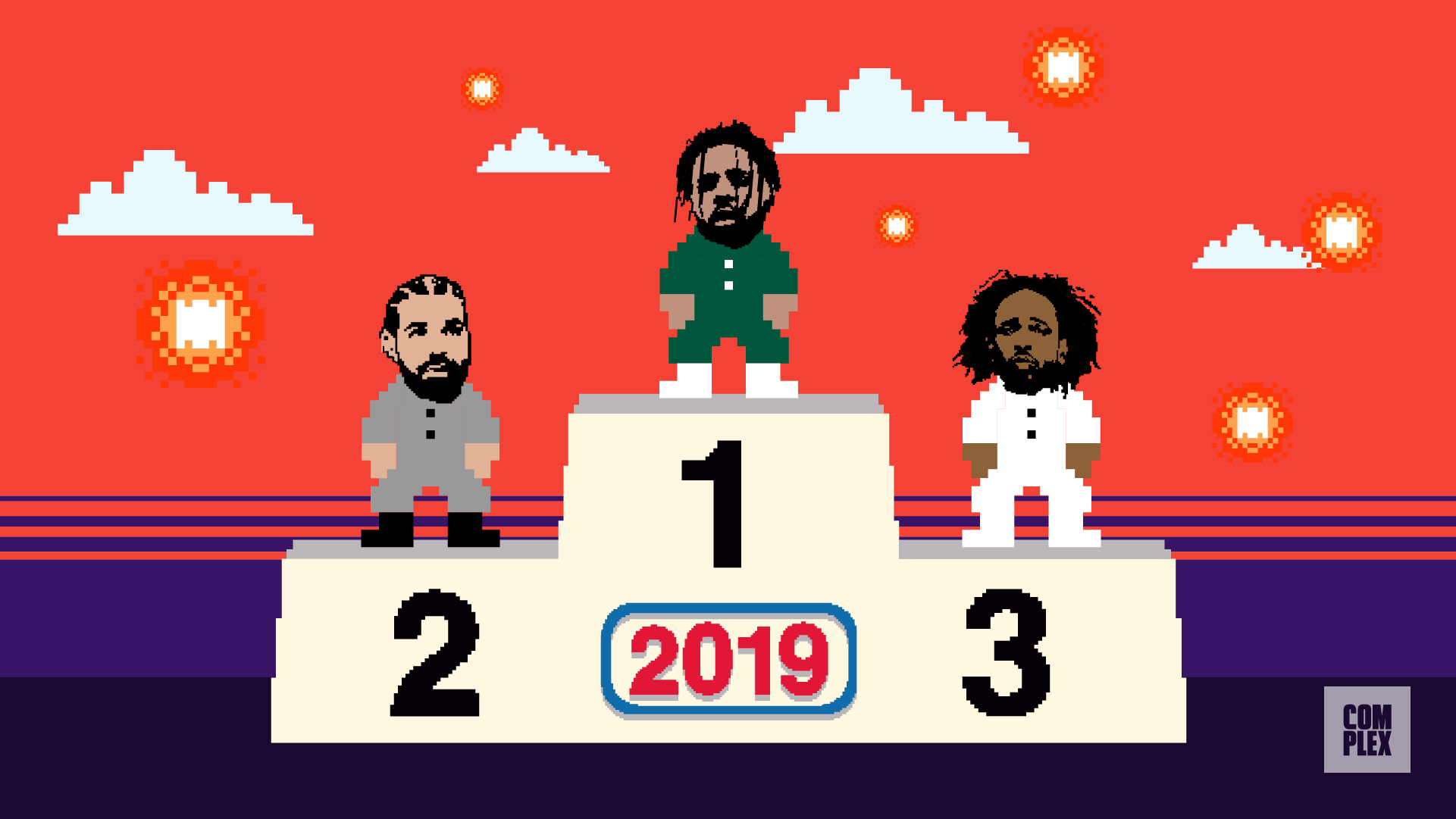
2020
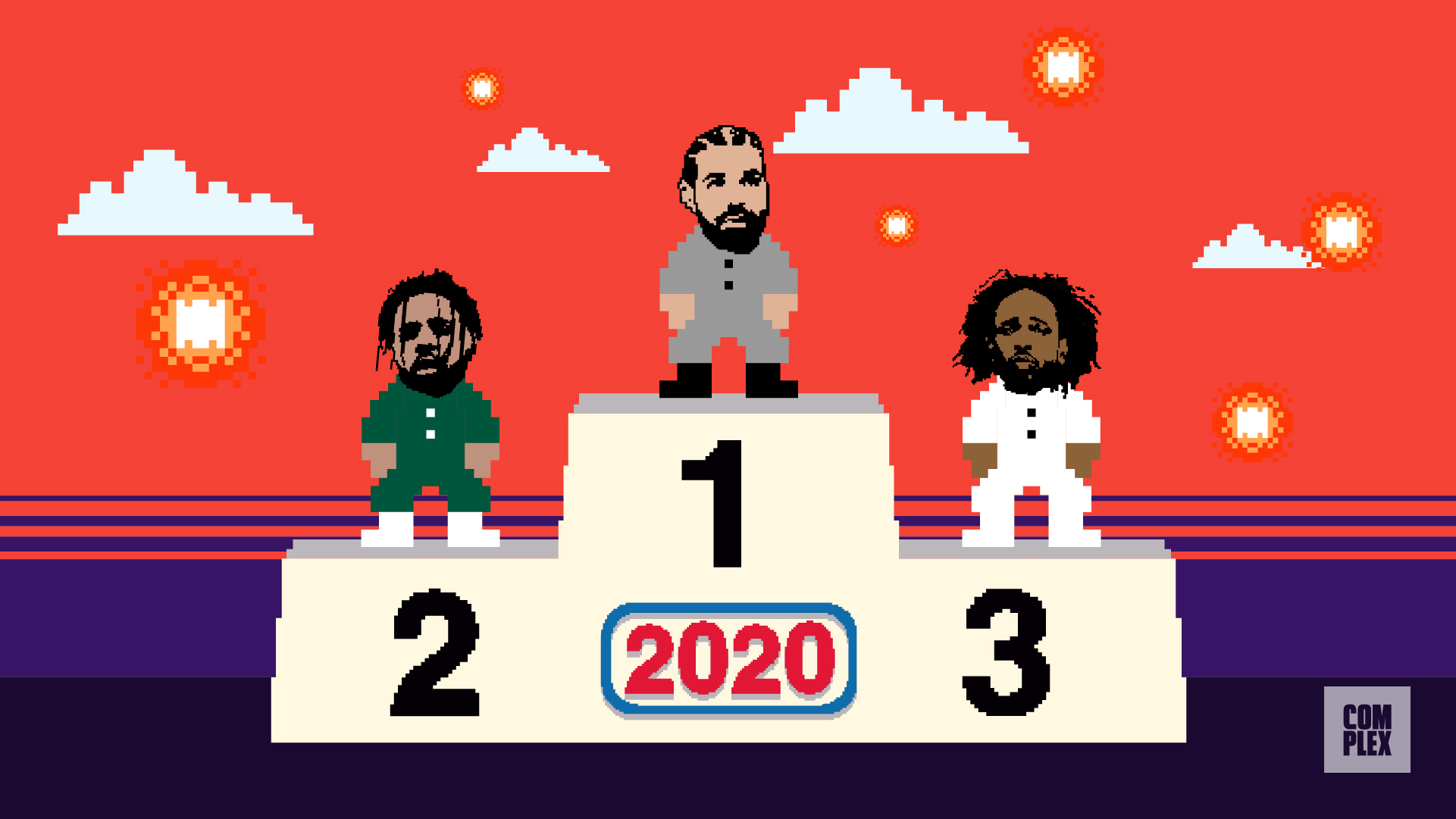
2021
